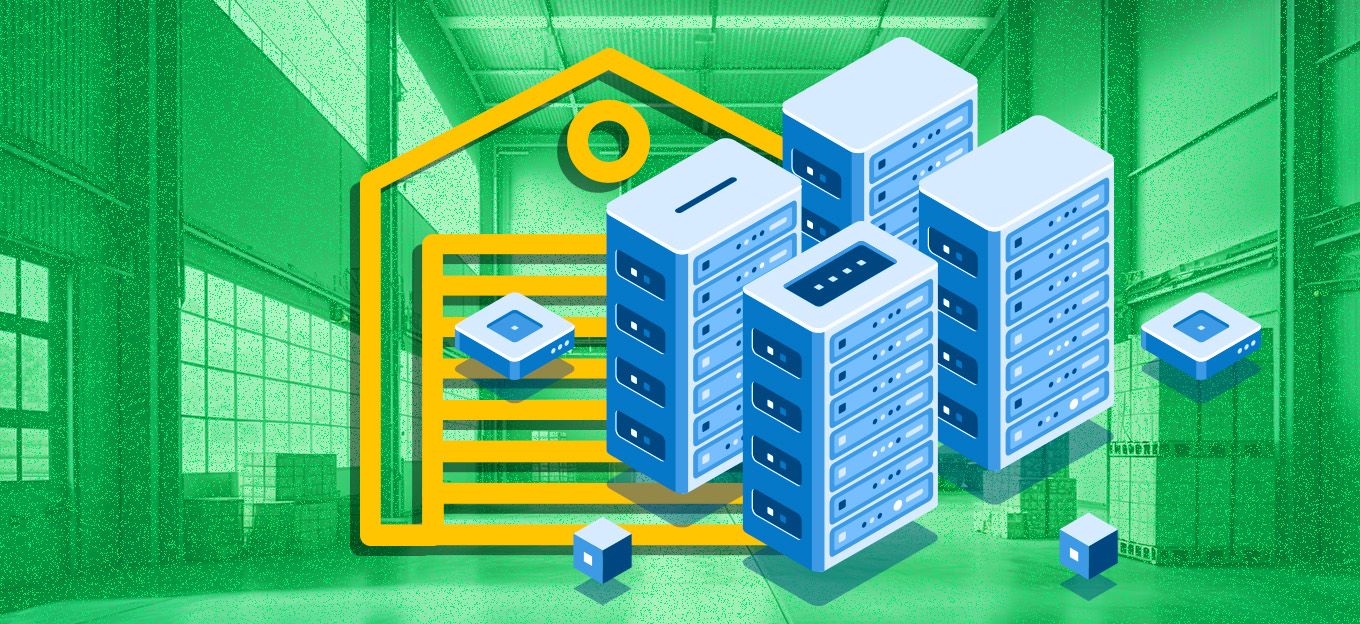AI Helps Sales Leaders Drive Effectiveness With Optimized Cost
AI Helps Sales Leaders Drive Effectiveness With Optimized Cost
- Last Updated: December 2, 2024
DAIN Studios
- Last Updated: December 2, 2024



In our digitized world, AI will revolutionize the way we approach sales. The tech will help us manage and predict customer behavior, improve forecasting accuracy based on market and customer needs, automate repetitive tasks, and identify cross-selling and upselling opportunities. Across the board, AI will boost sales effectiveness and lower costs.
Many businesses are already enjoying the benefits of AI. In fact, according to Gartner, 88 percent of Chief Sales Officers (CSOs) have already invested in or are considering investing in AI analytics tools and technologies.
"In our digitized world, AI will revolutionize the way we approach sales."
AI Drives Sales Impact
Most high-performing sales teams and especially B2B teams already leverage AI. A common use case is implementing tech to track the progress of sales rep teams. However, AI-mature sales teams take the technology even further by forecasting demand with tech. This allows them to design targets and team activities ahead of time. As a consequence, they improve top sales funnels, optimize product placement, and improve effectiveness more generally.

Here are some areas where AI and data science can help you boost your team performance:
- Demand forecasting: Predictive forecasting and real-time pipeline analysis help you estimate customer demand. Machine learning takes hundreds of factors into consideration, outstripping the capabilities of a human planning team.
- Lead generation optimization: Machine learning models support lead assessment, based on a leads scoring model. This moves potential customers along the sales funnel helping to turn them into paying customers—ensuring business growth, improved cash flow, and better ROI.
- Product placement: Data helps you to understand in-store and onsite customer behavior. Information gathered enables the sales team to optimize the overall product portfolio and service—raising total sales and revenues.
- Other opportunities: In addition to the areas mentioned above, there are other chances to automate time-consuming tasks, decision-facilitating functions, and other human interactions.
Sales AI performance is measured in terms of variables such as the following:
- Efficiency gains.
- Lead generation process automation.
- Sales planning and prediction accuracy.
- Stock accuracy and costs and abandoned sales rates.
- Sales team job satisfaction ratings.

Getting Started
Planning is the first step to getting sales performance impact from the tech. Here are some tips on how to get started on your AI journey:
- Focus on one problem at a time: Don’t try to implement AI across your entire sales organization at once. Instead, focus on addressing a single use case. Then you can gauge its effectiveness and identify the areas where AI can deliver the most significant benefits.
- Choose suitable technology: There are a wide variety of AI tools available for sales teams, and they should be adapted to your specific needs. Consider factors such as ease of use, integration with existing systems, and scalability.
- Focus on the customer: AI is a powerful tool, but it’s vital not to lose sight of the importance of human input to sales. Use AI to enhance the existing customer experience, not replace it entirely.
Continuous Learning
AI is constantly evolving, so it’s important to stay up-to-date with the latest developments and best practices. Encourage your sales team to embrace continuous learning and any upskilling opportunities available.
The Most Comprehensive IoT Newsletter for Enterprises
Showcasing the highest-quality content, resources, news, and insights from the world of the Internet of Things. Subscribe to remain informed and up-to-date.
New Podcast Episode

IoT and AI in 2026
Related Articles





